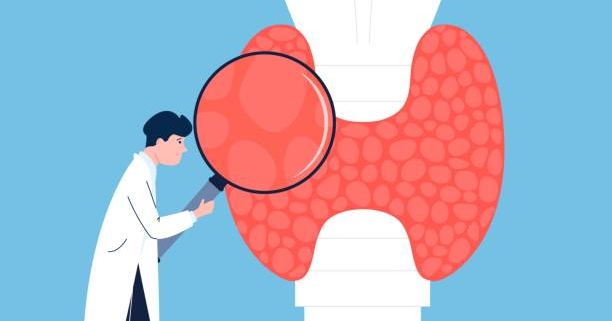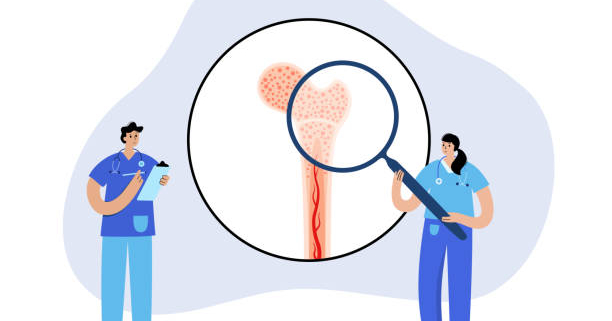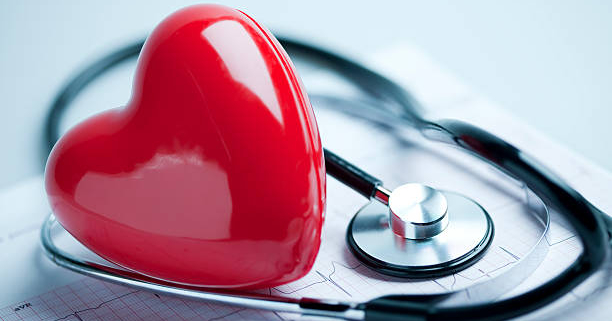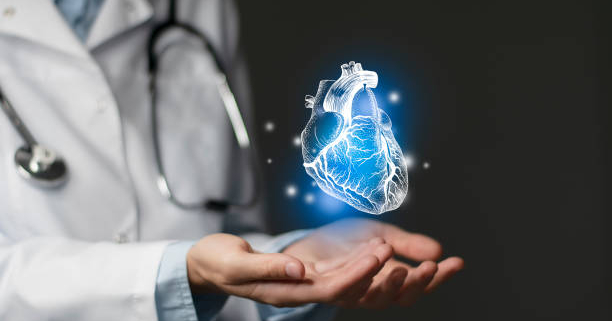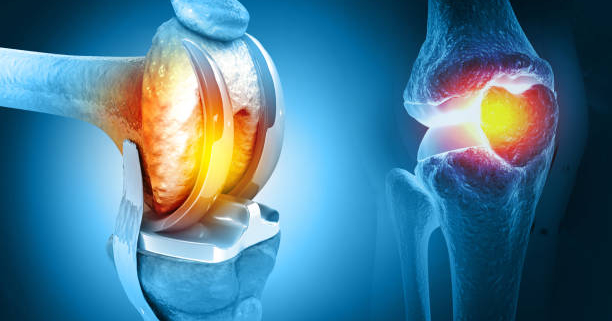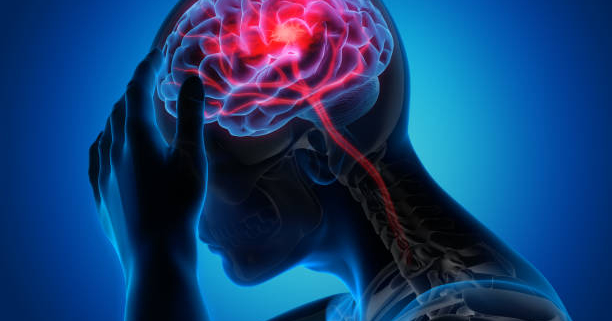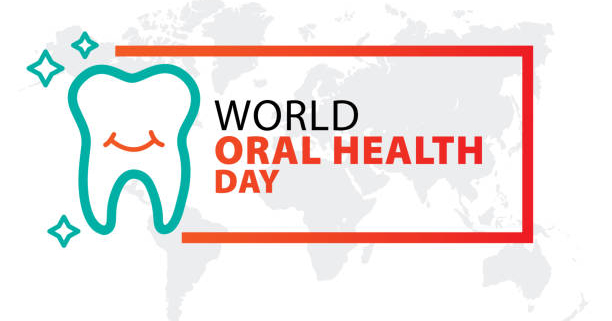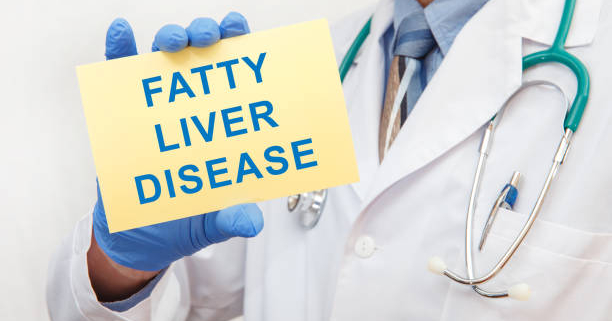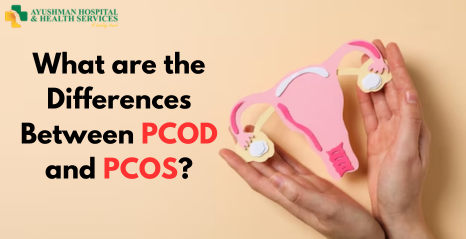Situated in the anterior portion of the neck, the thyroid gland resembles a small butterfly and is responsible for synthesizing crucial hormones such as thyroxine (T4) and triiodothyronine (T3). These hormones play a pivotal role in regulating metabolic rate, energy levels, and overall growth and development. However, disruptions in the thyroid’s functionality can give rise to various issues. Delve into this in-depth discussion where we delve into the diverse types, symptoms, underlying causes, methods of diagnosis, and treatment options for thyroid disorders. Keep reading to learn more.
Common Thyroid Disorders
- Hypothyroidism: Hypothyroidism occurs when the thyroid gland functions inadequately, leading to insufficient production of thyroid hormones.
- Hyperthyroidism: This condition manifests when the thyroid gland becomes overly active, resulting in an excessive release of thyroid hormones.
- Goitre: Characterized by the enlargement of the thyroid gland, goiter can develop due to both hypothyroidism and hyperthyroidism, or it may stem from iodine deficiency.
- Thyroiditis: Thyroiditis refers to inflammation of the thyroid gland, which can occasionally be accompanied by pain.
Symptoms of Thyroid Disorders
Identifying the initial signs of thyroid disorders is crucial for prompt diagnosis and effective treatment. There are two primary categories of thyroid conditions, each characterized by distinct symptoms:
Symptoms of Hypothyroidism:
- Fatigue or Exhaustion: Persistent tiredness not alleviated by rest.
- Weight Gain: Gradual and unexplained increase in body weight, typically mild.
- Dry, Coarse Hair: Changes in hair texture, often becoming dry and rough.
- Hair Loss: Thinning or significant loss of hair.
- Hoarse Voice: Alterations in voice tone and quality.
- Heavy and Frequent Menstrual Periods: Irregularities in the menstrual cycle.
- Sensitivity to Cold Temperature: Excessive cold sensation even in normal conditions.
- Forgetfulness: Memory lapses and forgetfulness.
Symptoms of Hyperthyroidism:
- Weight Loss: Rapid and unintentional loss of weight.
- Muscle Weakness: Decreased strength and muscle tone.
- Tremors or Trembling: Involuntary shaking or trembling of hands or other body parts.
- Sleeplessness: Difficulty falling or staying asleep.
- Anxiety and Nervousness: Excessive worry, anxiety, or nervousness.
- Irregular Menstrual Periods or Absence of Periods: Changes in menstrual cycle.
- Sensitivity to Hot Temperature: Excessive warmth, particularly in warm weather.
- Irritation in the Eyes or Vision Problems: Eye-related symptoms, such as irritation or vision issues. In some cases, protrusion of the eyeball may occur.
Causes of Thyroid Disorders
Various factors affecting the thyroid gland’s function can lead to the development of hypothyroidism and hyperthyroidism.
Hypothyroidism
- Thyroiditis: This condition involves inflammation or painful swelling of the thyroid gland. Following a phase of transient hyperthyroidism, it results in hypothyroidism.
- Hashimoto’s Thyroiditis: The most common cause of hypothyroidism, Hashimoto’s thyroiditis is an autoimmune disorder where the body produces antibodies that damage the thyroid. It typically presents without pain.
- Congenital Hypothyroidism: Occasionally, the thyroid gland fails to function properly from birth, affecting about 1 in 4,000 newborns. Timely treatment is crucial to prevent future physical and mental complications.
Hyperthyroidism
- Graves’ Disease: Also known as diffuse toxic goiter, Graves’ disease leads to the entire thyroid gland becoming overactive, resulting in excessive hormone production.
- Nodules: Hyperthyroidism can occur due to overactive nodules within the thyroid, which can be singular or multiple.
- Thyroiditis: Whether symptomatic or asymptomatic, thyroiditis involves the release of stored hormones from the thyroid due to inflammation. It is typically temporary and may persist for weeks to months.
- Excessive Iodine: Certain medications and food items containing excessive iodine can sometimes stimulate the thyroid to produce more hormones than necessary.
Diagnosing Thyroid Disorders
The diagnosis of thyroid disorders typically involves a series of steps, encompassing symptom assessment, physical examination, and specific diagnostic tests:
Medical History and Physical Examination:
The physician will inquire about the patient’s symptoms, family history of thyroid or autoimmune conditions, and current medications. During the physical examination, they will evaluate the thyroid gland for enlargement, nodules, or tenderness. Additionally, they may assess heart rate, reflexes, and skin texture for indications of thyroid dysfunction.
Blood Tests:
Blood tests are fundamental in diagnosing thyroid diseases. Key blood tests include:
- TSH Test (Thyroid Stimulating Hormone): This measures the level of TSH in the blood. Elevated TSH levels often indicate hypothyroidism, while low levels suggest hyperthyroidism. Normal levels vary based on age and other factors.
- T4 Test: This assesses the level of thyroxine (T4) in the blood. Low T4 levels are indicative of hypothyroidism, whereas high levels may indicate hyperthyroidism.
- T3 Test: Elevated T3 levels are typically observed in hyperthyroidism.
- Thyroid Antibody Tests: These detect autoimmune thyroid disorders such as Hashimoto’s thyroiditis (for hypothyroidism) and Graves’ disease (for hyperthyroidism).
Imaging Tests:
Imaging tests can help identify thyroid nodules, enlargement, or structural alterations. These may include:
- Ultrasound: This imaging technique is commonly employed to examine the thyroid gland’s structure and identify nodules or cysts.
- Radioactive Iodine Uptake Test: This test measures the thyroid gland’s ability to absorb iodine from the blood, aiding in diagnosing hyperthyroidism and determining its underlying cause.
Fine-Needle Aspiration Biopsy:
If nodules are detected, a biopsy may be conducted to rule out cancer. This procedure involves extracting a small sample of cells from the thyroid nodule using a fine needle, which is then examined under a microscope.
Treatment of Thyroid Disorders
Treatment for thyroid gland disorders varies depending on the specific condition and its severity. Here’s an overview of treatments for common thyroid conditions:
Hypothyroidism:
- Levothyroxine: This synthetic form of the thyroid hormone thyroxine (T4) is the most common treatment. Administered orally, it works by replenishing low hormone levels, thus alleviating symptoms. Dosage is carefully adjusted based on regular blood tests.
- Regular Monitoring: Patients require regular blood tests to ensure that thyroid hormone levels remain within the target range and to adjust medication dosage as needed.
Hyperthyroidism:
- Antithyroid Medications: Drugs such as methimazole or propylthiouracil (PTU) are commonly prescribed. They function by reducing thyroid hormone production.
- Radioactive Iodine Therapy: This treatment involves the destruction of thyroid cells, thereby decreasing hormone production. It often results in hypothyroidism, necessitating lifelong thyroid hormone replacement.
- Beta-Blockers: Although they do not directly impact thyroid hormone levels, beta-blockers can alleviate symptoms such as rapid heart rate, tremors, and anxiety in hyperthyroidism.
- Surgery (Thyroidectomy): In certain cases, partial or total removal of the thyroid gland may be necessary. This procedure is typically performed for large goiters, thyroid cancers, or an overactive thyroid gland that cannot be effectively managed with medications or radioactive iodine. Thyroidectomy often leads to hypothyroidism, necessitating hormone replacement therapy.
Considerations for Lifestyle and Diet
Incorporating regular exercise and maintaining a nutritious diet is essential for overall health and can aid in symptom management.
It’s important to avoid overexposure to iodine, especially in cases of hyperthyroidism.
Regular follow-up appointments are crucial for individuals with thyroid conditions to assess the effectiveness of treatment and make any necessary adjustments.
Conclusion
Thyroid disease, characterized by diverse symptoms and causes, demands meticulous attention for successful management. Early diagnosis facilitated by blood tests, physical examinations, and imaging is paramount. Ayushman Hospital stands as a beacon of expert care, offering advanced diagnostic services for individuals concerned about their thyroid health. Our seasoned team of specialists is committed to providing tailored treatment strategies and unwavering support. Take charge of your thyroid health by reaching out to Ayushman Hospital. Schedule an appointment with our esteemed Thyroid Disorders Doctors today and rest assured that your condition will be managed with utmost care and expertise. Your well-being is our foremost priority.

